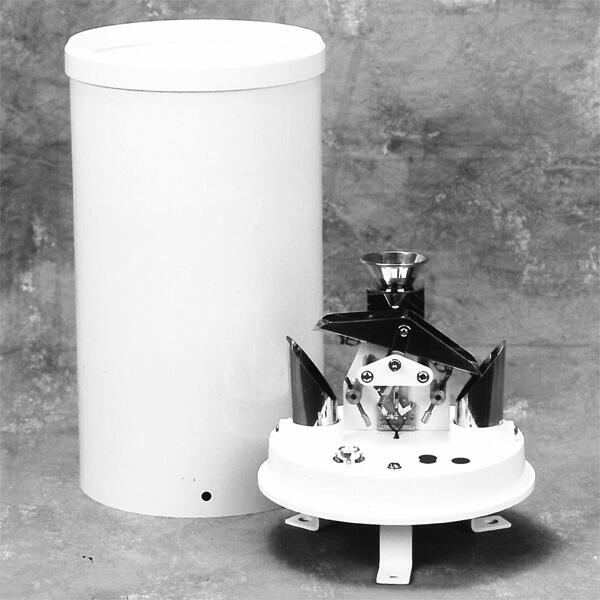
# Rain Gauge Applications in Weather Monitoring and Research
Rain gauges are essential tools in meteorology and environmental science, providing critical data for weather monitoring, climate research, and water resource management. These instruments measure the amount of precipitation over a specific period, offering insights into weather patterns and helping scientists and policymakers make informed decisions.
## Weather Monitoring
One of the primary uses of rain gauges is in weather monitoring. Meteorologists rely on accurate precipitation data to forecast weather conditions, issue warnings, and track storms. By analyzing rainfall patterns, they can predict potential flooding, droughts, and other weather-related events. This information is vital for public safety and disaster preparedness.
## Climate Research
Rain gauges play a crucial role in climate research by providing long-term precipitation records. These records help scientists understand climate variability and trends, such as changes in rainfall intensity and frequency. By studying historical data, researchers can identify patterns and predict future climate scenarios, contributing to global efforts to address climate change.
## Water Resource Management
Effective water resource management depends on accurate precipitation data. Rain gauges help hydrologists and water managers monitor water availability, plan irrigation schedules, and manage reservoirs. This information is essential for ensuring sustainable water use, especially in regions prone to water scarcity.
## Agricultural Applications
Farmers and agricultural scientists use rain gauges to optimize crop production. By tracking rainfall, they can determine the best times for planting and irrigation, reducing water waste and improving crop yields. This data is particularly valuable in areas with variable rainfall patterns, where precise water management is critical for agricultural success.
## Urban Planning and Infrastructure
Urban planners and engineers use rain gauge data to design and maintain infrastructure, such as drainage systems and flood control measures. Accurate precipitation measurements help them anticipate and mitigate the impacts of heavy rainfall, reducing the risk of urban flooding and ensuring the resilience of cities.
In conclusion, rain gauges are indispensable tools in various fields, from weather monitoring and climate research to water resource management and urban planning. Their ability to provide precise and reliable precipitation data makes them essential for understanding and addressing the challenges posed by a changing climate and growing water demands.
Keyword: rain gauge uses
